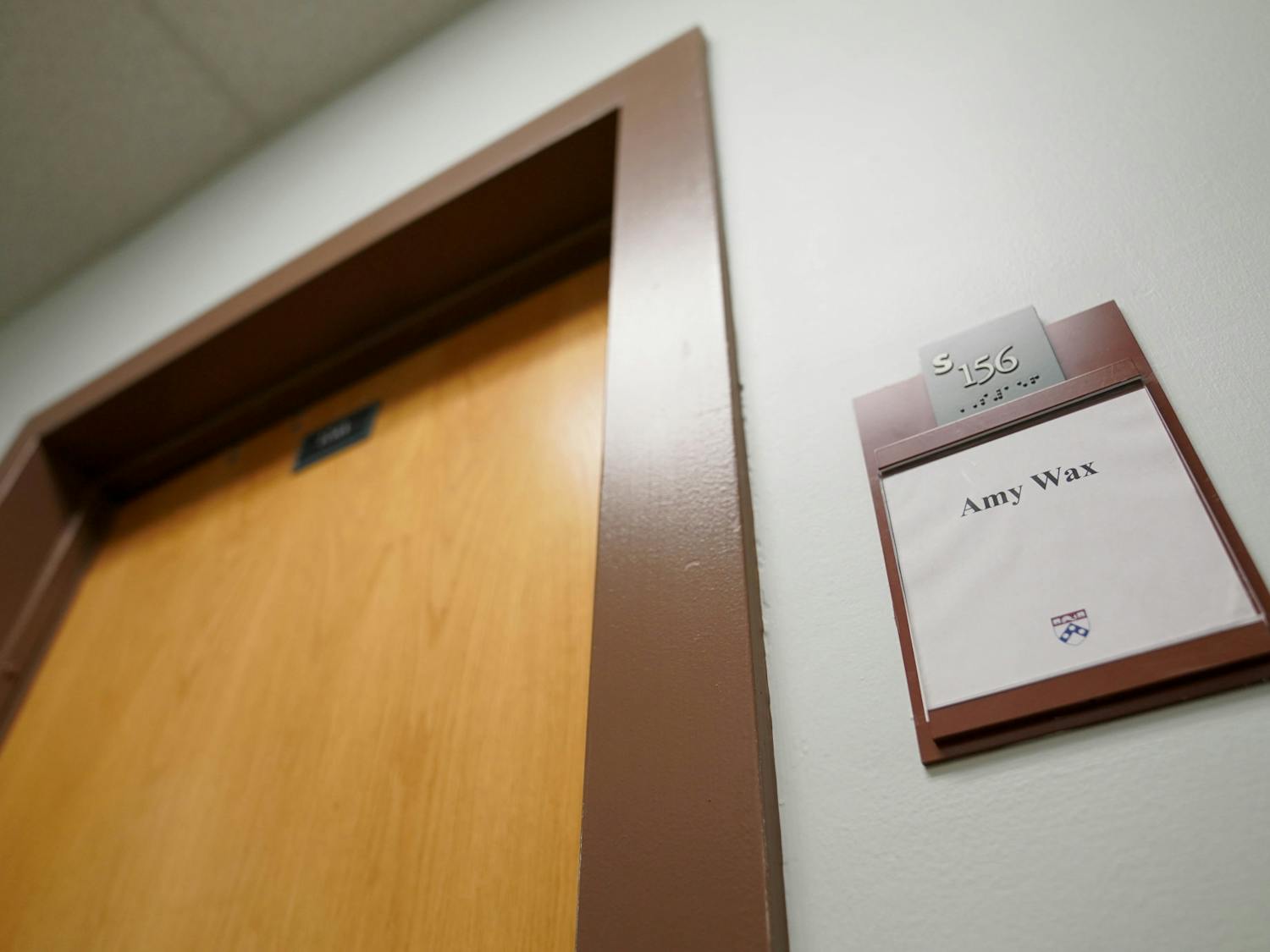The $50 million effort began in July 1995. The University has eliminated approximately 200 jobs since July 1, 1995, as part of a restructuring program designed to trim $50 million off its administrative budget over the next five years. Employees who have lost their jobs are entitled to receive some salary, benefits and job counseling, according to the University's Position Discontinuance and Staff Transition policy. Approximately half the employees who have undergone the PDST process have obtained new jobs at the University or in the local market, according to Executive Vice President John Fry. This figure does not include positions that departments have chosen not to fill after employees have left the University voluntarily, because departments do not report unfilled vacancies to Human Resources. Personnel cuts have forced remaining employees to take on additional responsibilities. Vice Provost for University Life Valarie Swain-Cade McCoullum, for example, said the loss of 15 positions in her division has caused some employees to serve longer hours and take less vacation time. But Fry emphasized that restructuring plans, which saved the University $12 million in fiscal year 1996, are intended to reduce costs and improve service -- not to lead to job losses. He added that restructuring also includes quality of work life improvement programs. University President Judith Rodin said restructuring has focused on improving areas such as financing, energy and procurement. She added that the job losses have resulted from a need to redefine positions. Restructuring plans are also a response to complaints from across the University, Rodin said. "There were complaints from all quarters -- faculty, students and staff -- that it was hard getting things done at Penn," Rodin said. "We were ineffective, inefficient and sometimes got things wrong." Fry said the University will realize savings of at least $7.5 million in 1997. Considerable savings are expected from a procurement enhancement project, which aims to reduce the cost of goods and services, improving vendor relations and streamlining the purchasing process. The project -- under which half of the newly named Acquisitions Services Department lost their jobs -- has resulted in savings of $4.5 million and could save the University as much as an additional $10.5 million. And energy conservation strategies are expected to save $4.2 million a year, while a review of travel services will produce over $1 million in savings, Fry said. Restructuring plans also include several revenue generating projects, such as the Barnes & Noble bookstore deal -- which will net at least $1 million annually -- and a contract to allow credit, phone and banking card services to be added to the PennCard. Fry said such savings are especially important because they will fund several recently announced projects. "Of the monies saved [on the PennCard] a huge chunk -- probably several million or more -- will be used to upgrade all the on-campus lighting, as well as the perimeter lighting on the streets," Fry said. At the same time, various departments -- such as Dining Services and Human Resources -- are undergoing continuing studies to streamline costs and improve service. But despite improved quality of work life programs resulting from the restructuring, librarian Jim Gray said the program has caused considerable job and benefit insecurity. "When you are hearing the statement that people only have a job as long as their skills are needed by the corporation --Ehow can you get excited about exercise [health club memberships for employees] when you can't eat?" said Gray, tri-chair of the African American Faculty and Staff Association and vice president of American Federation of State, County and Municipal Employees Local 50.
The Daily Pennsylvanian is an independent, student-run newspaper. Please consider making a donation to support the coverage that shapes the University. Your generosity ensures a future of strong journalism at Penn.
Donate







